Oregon Goes 24 Years Without a Woman as Governor or U.S. Senator
Tuesday, December 02, 2014
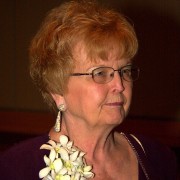
Barbara Roberts, Oregon's first and only woman Governor was elected in 1990.
Currently in Oregon there are a number of women that could be potentially strong candidates for Governor or U.S. Senator. An era of high-profile women leadership may come sooner than later.
“Timing is everything. What you need is the right place and the right time—and the right woman,” explained former Oregon Governor Barbara Roberts to GoLocalPDX. “Sometimes you have the right woman, but lack the opportunity. The time might be right, but lack a woman candidate.”
Leadership Positions Hard to Come By
An example of how poor timing limits a woman’s ability to achieve political leadership positions in Oregon would be the number of highly qualified women that have served in the state senate over the past decade, but none have served as senate president—a position filled by previous Governors. Peter Courtney has held this position since 2003, heading into an unprecedented sixth session as senate president.
In Washington, officeholders rarely hold such positions of power as long as Courtney, moving on to elected office or other career opportunities. “Vacancies are more available for women in Washington,” said Roberts. “It is very stifling for women to pursue leadership when there are no vacancies.”
“Oregon has never had a woman senate president,” Roberts points out. “If Courtney were to open up this path, he could be a hero.”
Poor timing and obstructed paths have also prevented women from serving elected office at Portland City Hall.
In her second-floor office in Portland’s City Hall, Commissioner Amanda Fritz has a framed University of Oregon #7 jersey hanging on her wall. This number marks the fact that Fritz is only the seventh woman commissioner in Portland’s 162-year history.
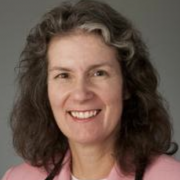
Amanda Fritz
Fritz is the lone individual to benefit from Portland’s short-lived public campaign financing to win election to City Hall. This allowed Fritz to serve as, in her words, “a solely independent voice” on City Council. “Put into office by public dollars, I have only been beholden to the public’s wishes,” Fritz said.
Portland Mayor Vera Katz looms large as one of Oregon’s most powerful woman in politics. From the Eastside Esplande, to the South Waterfront Neighborhood to the Pearl District, her three terms as mayor shaped much of the city as it is today. Roberts said that Katz was able to leap from the legislatures to the mayor’s office because she came from a leadership role in the Oregon house.
“Vera came to the race as the House Speaker, which is a leadership position,” Secretary Brown explains. “This allowed her to be a ‘fresh face’ to City Hall while also having executive experience.”
Governor Roberts points out that Katz benefited from representing the state’s largest media market in the House. “She would not have received as much press coverage if she represented Medford or Bend as House Speaker,” Roberts points out. “This gave Vera an advantage in the mayor’s race.”
Double Standards
Andrea Paluso, the Executive Director of MotherPAC, a political action committee that backs candidates that support issues like equal pay for women and mothers. Paluso said women candidates are often held to different standards than men.
She brought up newly Senate-elect Sara Gelser as an example. “When she first ran for the state House,” Paluso said, “Gelser would be asked who would take care of her kids? This question would not be asked to a man.”
MotherPAC was co-founded by Sunny Petit, who is currently the Executive Director of the Center for Women’s Leadership at Portland State University’s Hatfield School of Government. Along with Emerge Oregon, the Center is committed to providing women the tools and training to succeed in politics, seeking to encourage women from all political backgrounds to run for office.
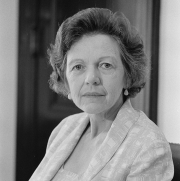
Maurine Neuberger was the first woman to be elected to statewide office in Oregon when she won a U.S. Senate seat in 1960
Secretary Brown has served on the boards of both organizations and agrees with the reluctance women face. According to Brown, one of the biggest challenges she faced as a former caucus leader was recruiting women to run as candidates for office. In contrast, Brown said “Men wake up and think they are the best candidate for office.”
Governor Roberts agreed “A woman will not be asked to run for office—but pushed!”
Roberts highlights the efforts of both the Center for Women’s Leadership and Emerge Oregon for having developed what she refers to as having a “deep bench,” of qualified women serving in political office throughout Oregon.
“Women currently serve as mayors, county commissioners, and city councilors throughout the state,” she points out, although most local government positions in Oregon are unpaid and voluntary.
Petit suggests that one reason fewer women filling elected executive office as they rarely plan on having a long-term political career. Typically women begin their political career getting elected to a legislative body, such as school board or state legislature. Brown points out that historically voters are more accepting of women serving in the legislative branch opposed to executive office. “There is still a challenge for women to prove themselves as elected leaders.”
Given the successes enjoyed by Oregon Democratic Party in 2014, the political future could bode well for Democratic women in Oregon.
Oregon now has a raft of potential candidates for governor or U.S. Senator, names like Kate Brown, Congresswoman Suzanne Bonamici, House Speaker Tina Kotek and Attorney General Ellen Rosenblum are all rising stars in state politics.

Oregon's current secretary of state Kate Brown, contender for bigger things?
Monica Wehby proved not to be the first woman elected the state’s Senator in nearly five decades. However, another quarter-century probably won’t go by before Oregon sees a woman Senator or Governor.
In fact, that day might come very soon, Roberts said, indicating that the Governor John Kitzhaber was under preliminary investigation for ethics violations.
“And the next in line for succession,” Roberts points out, “is Secretary of State Kate Brown.”
Related Slideshow: The Eight Political Types
What political type are you? The Pew Research Center says most Americans fall into eight groups. Can you find your match?



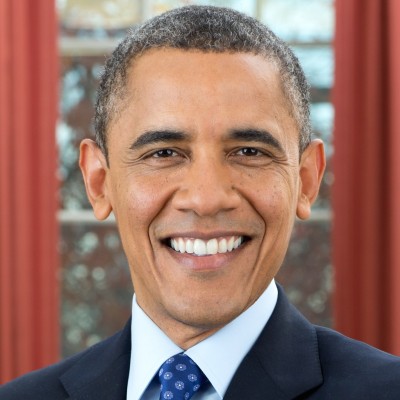
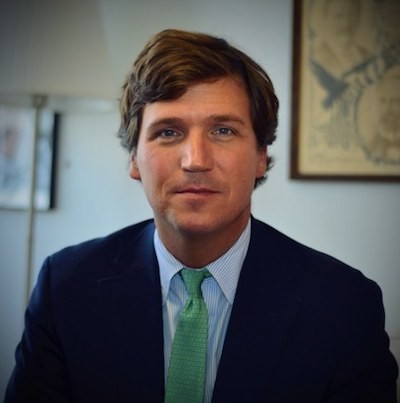















Follow us on Pinterest Google + Facebook Twitter See It Read It